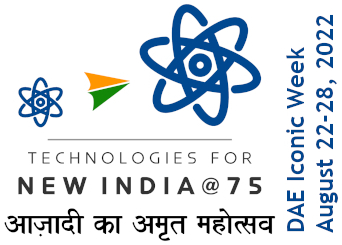Renormalization tested in exotic limits
Weak Universality Induced by Q=±2e Charges at the Deconfinement Transition of a (2+1)-Dimensional U(1) Lattice Gauge Theory in Physical Review Letters 130, 071901(2023).
Deconfinement of quarks and gluons at high temperatures is among the most intensely researched subjects in the theory of strong interactions. Many features of this phase transitions were already predicted about 40 years ago [1] using the tools of renormalization group, in what is known as the Svetitsky-Yaffe conjecture. Several such predictions have been verified since then. The deconfinement transition in gauge theories in d-spatial dimension is due to the spontaneous breaking of an internal global symmetry of the gauge group as the temperature is raised. This global symmetry(called the center symmetry) is preserved at low-temperatures, due to confinement, but typically gets broken at high temperatures. The conjecture states that, if the resulting confinement-deconfinement phase transition is of second order, then it must belong to the universality class of a spin model in d-dimensions and with the same global symmetry as the center symmetry of the gauge theory.
In the research article [2], Indrajit Sau (IACS), Arnab Sen (IACS), and Debasish Banerjee (SINP), demonstrate that presence of a novel type of confinement-deconfinement transitions with large anomalous dimensions. This is related to the so-called weak-universality, known in the context of spin models, where certain critical exponents vary continuously, while their ratio remains fixed. Using a lattice gauge theory, weak-universality phenomena is demonstrated for the first time for gauge theories. The result strengthens the renormalization group inspired Svetitsky-Yaffe conjecture in understanding the nature of phase transitions in exotic scenarios. The particular model used for the study is also well-suited to be implemented on quantum devices, which can provide an independent experimental verification of the same.
======================================== [1] B.Svetitsky and L.G.Yaffe, Nucl. Phys. B210 (1982) 423. [2] I.Sau, A.Sen, D.Banerjee, Phys. Rev. Lett. 130 (2023) 071901. ========================================Here is the link.




